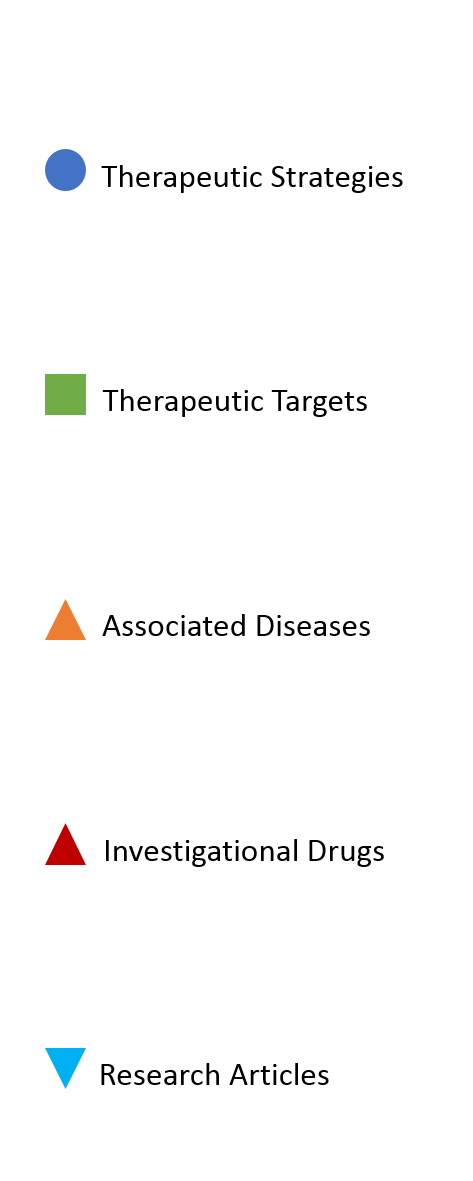Research Article Details
| Article ID: | A25988 |
| PMID: | 21233280 |
| Source: | Am J Physiol Gastrointest Liver Physiol |
| Title: | Deficiency in myeloid differentiation factor-2 and toll-like receptor 4 expression attenuates nonalcoholic steatohepatitis and fibrosis in mice. |
| Abstract: | Toll-like receptor 4 (TLR4) and its coreceptor, myeloid differentiation factor-2 (MD-2), are key in recognition of lipopolysaccharide (LPS) and activation of proinflammatory pathways. Here we tested the hypothesis that TLR4 and its coreceptor MD-2 play a central role in nonalcoholic steatohepatitis (NASH) and liver fibrosis in nonalcoholic fatty liver disease. Mice of control genotypes and those deficient in MD-2 or TLR4 [knockout (KO)] received methionine choline-deficient (MCD) or methionine choline-supplemented (MCS) diet. In mice of control genotypes, MCD diet resulted in NASH, liver triglycerides accumulation, and increased thiobarbituric acid reactive substances, a marker of lipid peroxidation, compared with MCS diet. These features of NASH were significantly attenuated in MD-2 KO and TLR4 KO mice. Serum alanine aminotransferase, an indicator of liver injury, was increased in MCD diet-fed genotype controls but was attenuated in MD-2 KO and TLR4 KO mice. Inflammatory activation, indicated by serum TNF-α and nictoinamide adenine dinucleotide phosphate oxidase complex mRNA expression and activation, was significantly lower in MCD diet-fed MD-2 KO and TLR4 KO compared with corresponding genotype control mice. Markers of liver fibrosis [collagen by Sirius red and α-smooth muscle actin (SMA) staining, procollagen-I, transforming growth factor-β1, α-SMA, matrix metalloproteinase-2, and tissue inhibitor of matrix metalloproteinase-1 mRNA] were attenuated in MD-2 and TLR4 KO compared with their control genotype counterparts. In conclusion, our results demonstrate a novel, critical role for LPS recognition complex, including MD-2 and TLR4, through NADPH activation in liver steatosis, and fibrosis in a NASH model in mice. |
| DOI: | 10.1152/ajpgi.00163.2009 |

| Strategy ID | Therapy Strategy | Synonyms | Therapy Targets | Therapy Drugs | |
|---|---|---|---|---|---|
| S03 | Anti-fibrosis | fibrosis | Angiotensin Receptor Blocker (ARB); CCR2/CCR5 antagonist; Thyroid receptor β agonist; PEGylated human FGF21 analogue; Monoclonal antibody to lysyl oxidase-like 2 (LOXL2); Galectin-3 inhibitor; FGF19 variant | Losartan; Cenicriviroc; VK-2809; MGL-3196; Pegbelfermin; Simtuzumab; GR-MD-02; NGM282 | Details |
| S04 | Anti-oxidative stress | oxidative stress | α-tocopherol: antioxidant | Vitamin E | Details |
| S05 | Anti-inflammatory | inflammatory | Bile acid; TNF-a inhibitor; Dual PPAR-α and -δ agonists; Toll-Like Receptor; (TLR)-4 antagonist; Caspase inhibitor; ASK-1 inhibitor | Ursodeoxycholic Acid; Pentoxifylline; Elafibranor; JKB-121; Emricasan; Selonsertib; | Details |
| Target ID | Target Name | GENE | Action | Class | UniProtKB ID | Entry Name | |
|---|---|---|---|---|---|---|---|
| T07 | Bile acid receptor | NR1H4 | agonist | Nuclear hormone receptor | Q96RI1 | NR1H4_HUMAN | Details |
| T08 | Tumor necrosis factor | TNF | inhibitor | Cytokine | P01375 | TNFA_HUMAN | Details |
| T09 | Toll-like receptor 4 | TLR4 | antagonist | Membrane receptor | O00206 | TLR4_HUMAN | Details |
| T10 | Caspase-1 | CASP1 | inhibitor | Enzyme | P29466 | CASP1_HUMAN | Details |
| T18 | Acetyl-CoA carboxylase 1 | ACACA | inhibitor | Enzyme | Q13085 | ACACA_HUMAN | Details |
| Diseases ID | DO ID | Disease Name | Definition | Class |
|---|
| Drug ID | Drug Name | Type | DrugBank ID | Targets | Category | Latest Progress | |
|---|---|---|---|---|---|---|---|
| D328 | Serine | Chemical drug | DB00133 | SRR | Improve insulin resistance | Under clinical trials | Details |
| D075 | Choline | Supplement | DB00122 | PLD2 product of; PLD1 product of | -- | Under clinical trials | Details |
| D316 | S-adenosyl-L-methionine | Chemical drug | DB00118 | GNMT cofactor | Antiviral | Under clinical trials | Details |
| D199 | L-alanine | Chemical drug | DB00160 | KYNU | -- | Failed in clinical trials | Details |
